You need top quality concrete at your job-site ? CARMIX will help!
Absence of defects in concrete plays significant role in commissioning of construction facility.
Quite often it happens so that mixer delivers concrete from stationary plant to the site, concrete is filled into mould, kept for necessary time and then….. people find many defects of concrete casting.
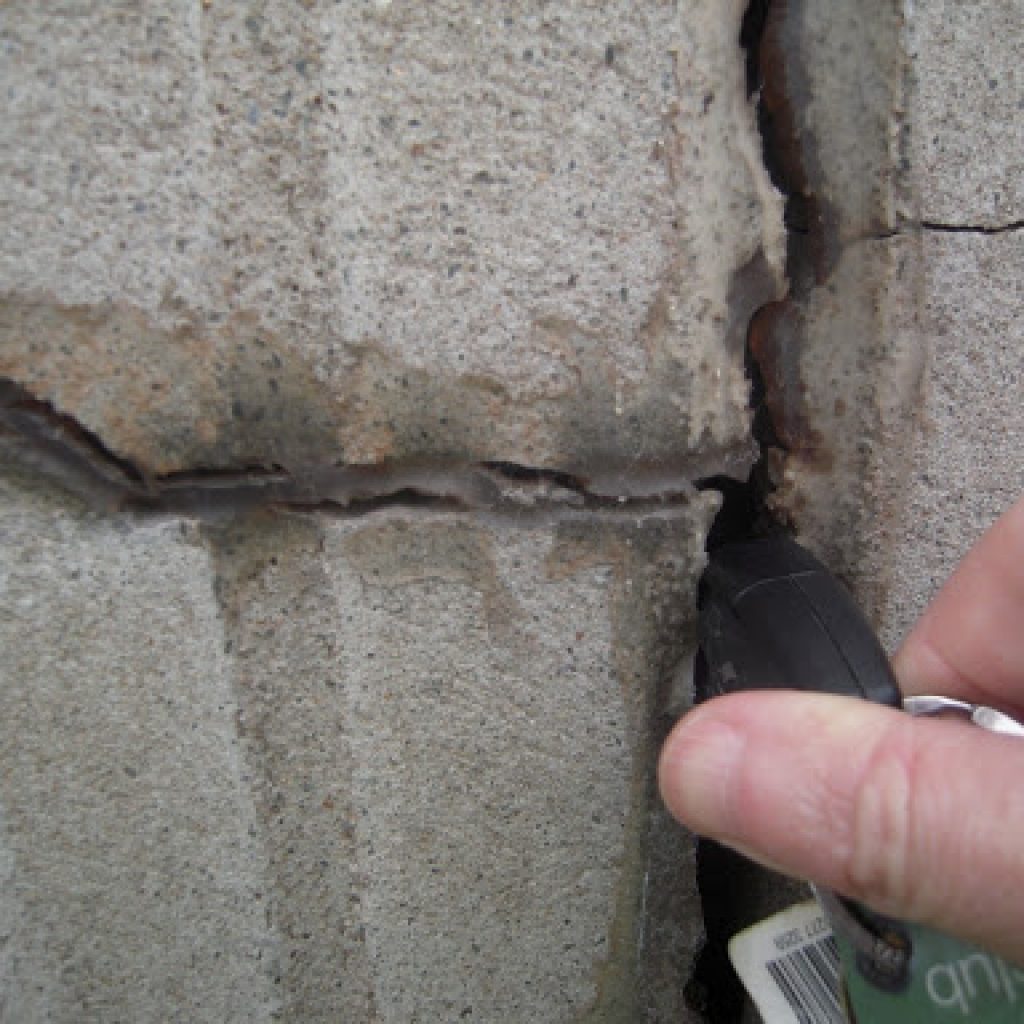
Some defects of concrete do not decrease durability and lifetime of structure and can be easily fixed, but other ones can significantly influence not only lifetime of concrete, but also bearing capacity of structure.
Here is the list of most common defects seen in concrete:
- Loss of integrity of concrete surface or insufficient thickness of protective layer in case of applying formwork of bad quality, incorrect installation or shift, insufficient rigidity and tightness of formwork;
- Honeycombs of concrete and deterioration of concrete structures which appear due to low quality of mix (very fluid or very dense mix) and which lead in turn to accumulation of water near formwork or insufficient compaction of concrete in the formwork;
- Excessive “voids content” in concrete due to its segregation or unreasonably high rigidity of the mix, etc.;
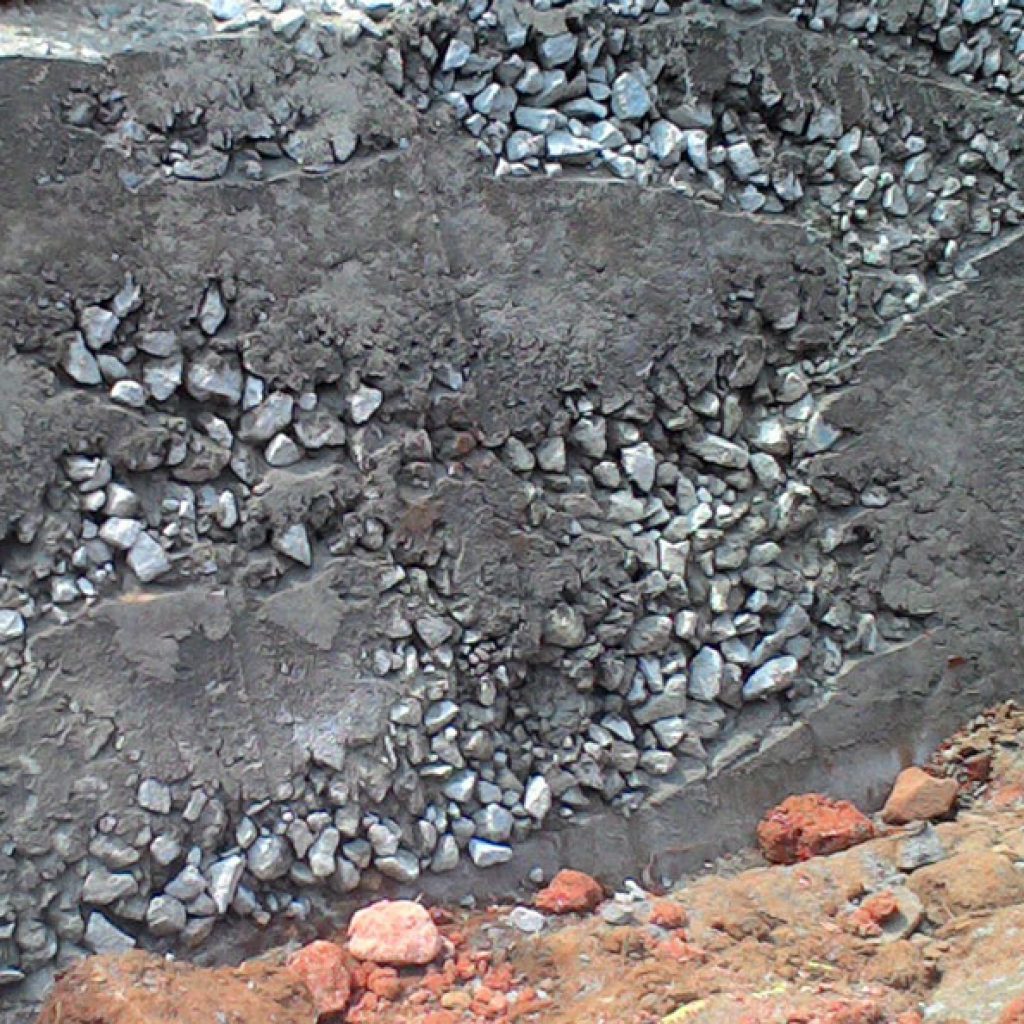
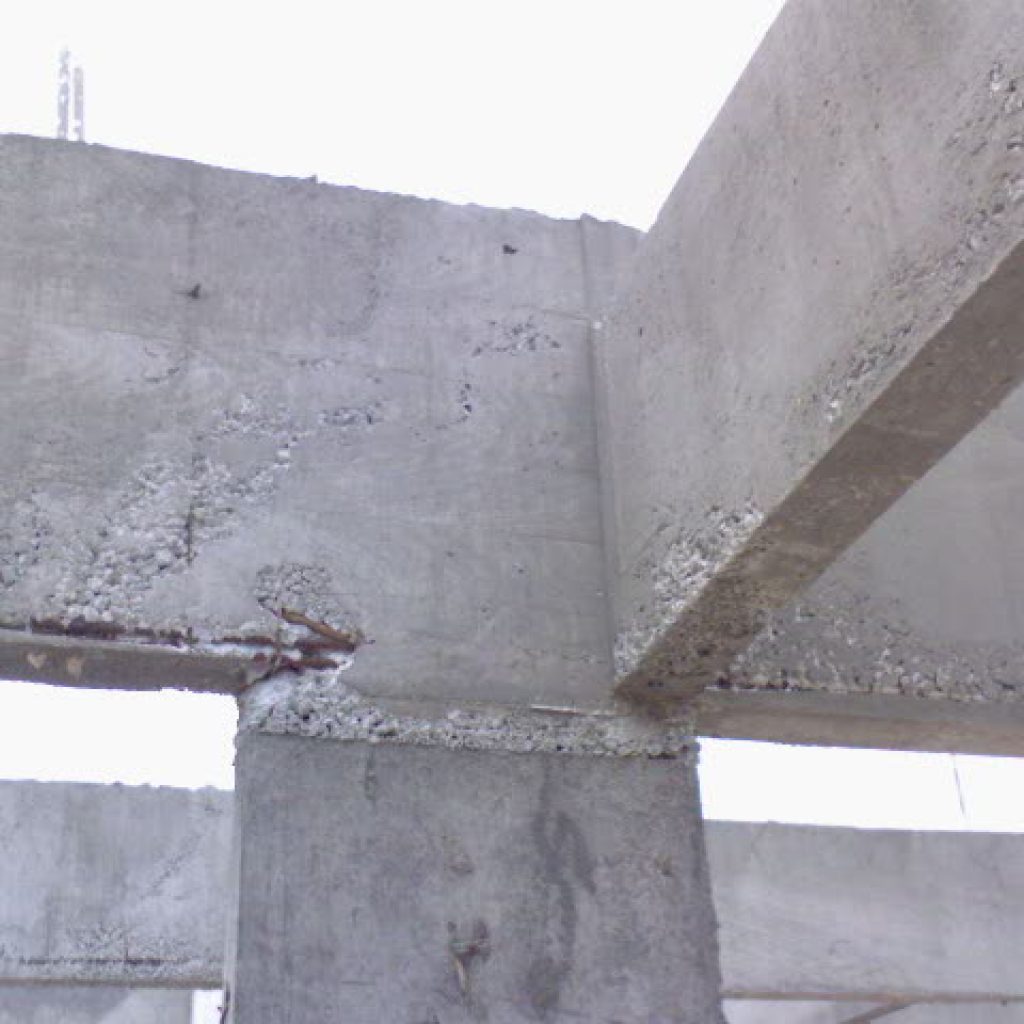
- Cavities in concrete mix emerged due to hanging of the mix on reinforcement steel parts or elements, premature setting of previously poured concrete and insufficient preparation of basis during pouring of upper layers;
- Shrinkage cracks which emerge due to incorrect curing of recently poured concrete;
- Cracks of different origin having construction, technological and organizationally technological character, which emerge in structures during construction and then appear during operation
Let us clarify what can cause concreting defects and find ways which can help, if not to remedy, but at least to significantly minimize such defects.
- Problems with formwork.
- Use of low quality aggregate materials during production of concrete.
- Failure to comply with concrete production principles
- Violation of technology rules of concrete casting
- Making incorrect structural solutions
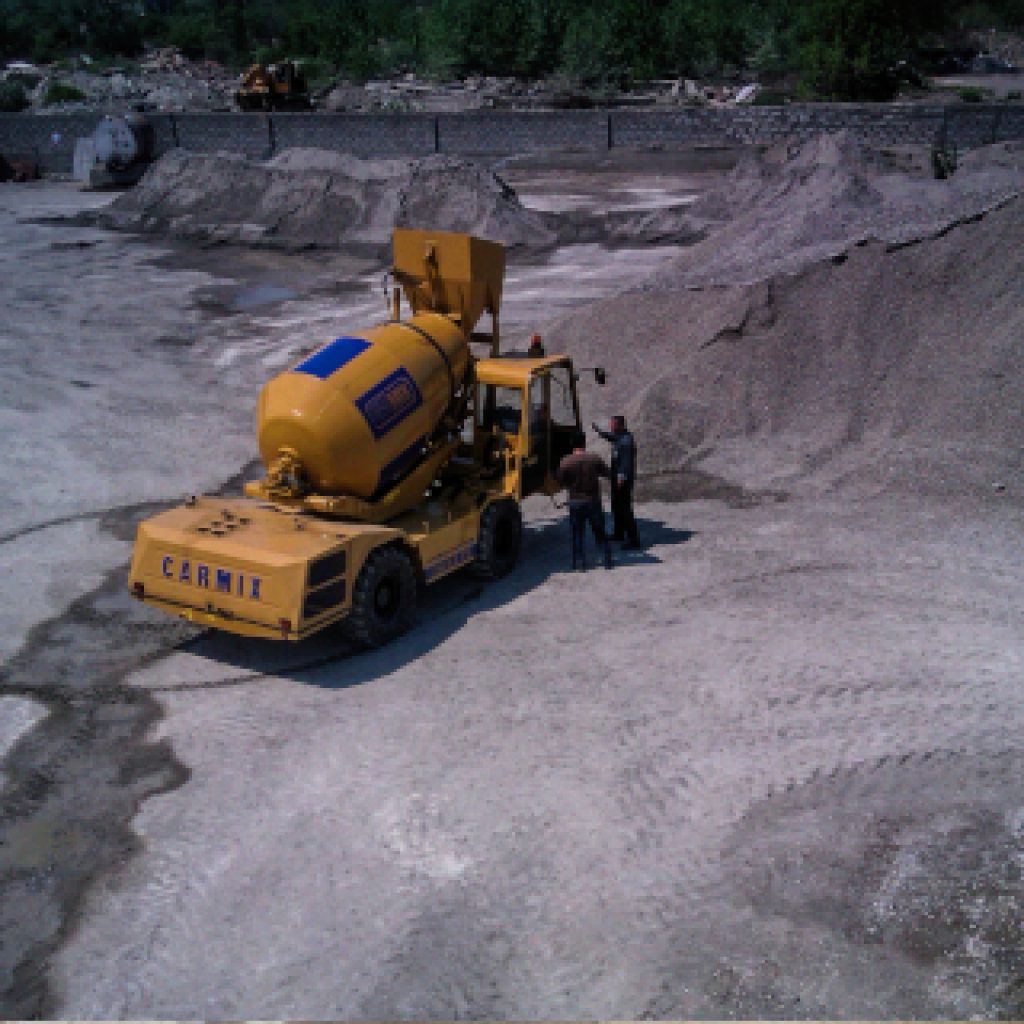
In order to minimize possible negative consequences and reduce costs, it is necessary to make correct decisions at the stage of designing and choose right equipment for production of concrete. However, if concrete mix is ordered at stationary plant and delivered to the site by mixers, in this situation you cannot control quality of aggregates used in production of the mix and compliance with mix designs. It is to add that the problems with concrete mix can appear also during transportation of batch in mixer.
Mobile concrete plant (MCP) can help to avoid defects resulting from production process. In comparison with stationary plants, MCPs are installed not on separate production areas, but directly at the construction site. These machines can be easily installed and dismantled and also do not take up much space.
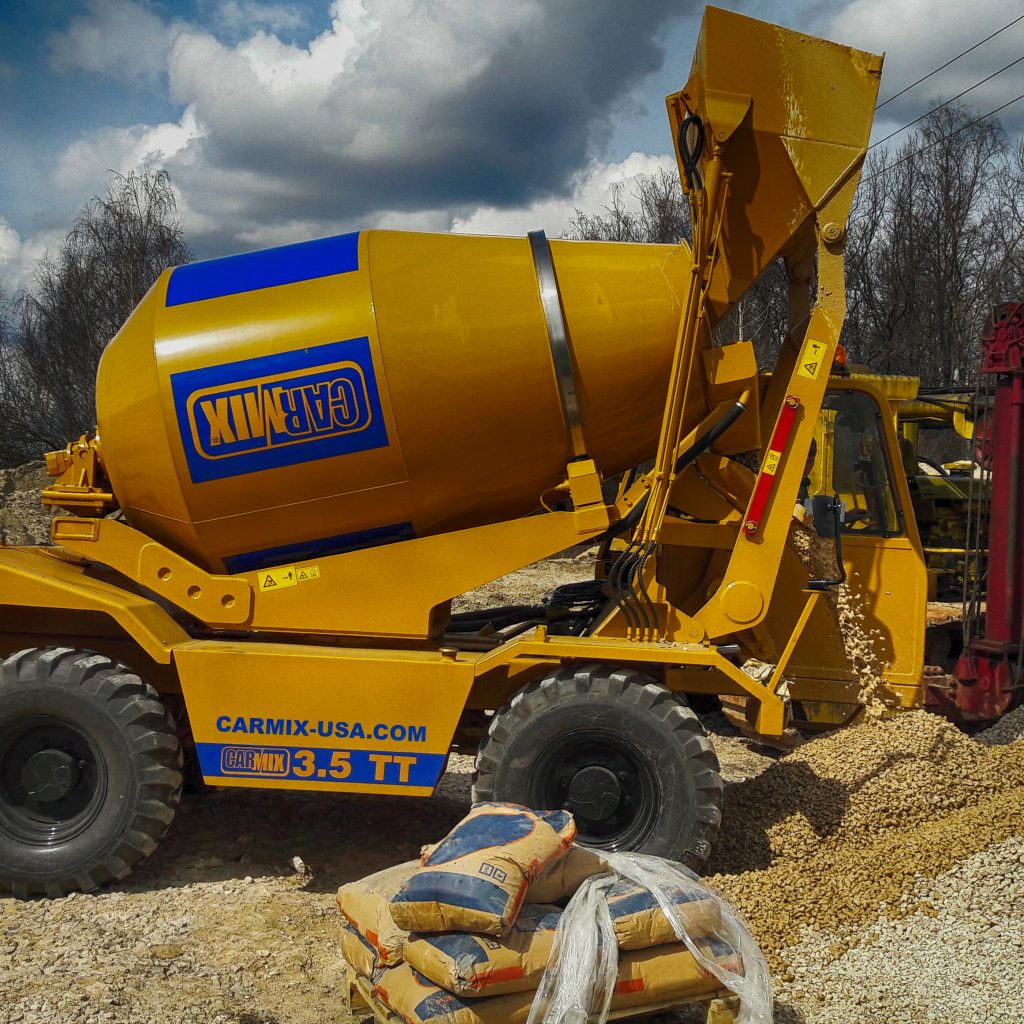
Production of concrete at site reduces possible defects related to potential worsening of quality of concrete during transportation. Production done at MCP gives possibility to control quality of used aggregates and compliance with mix design. As the concrete is produced at site and there is no need in long transportation, you will also not need to add any admixtures or plasticizers into concrete which can influence the process of concrete contraction. Mobile self loading concrete mixers on the wheels (chassis) have even more advantages.
The machine is ready to start work immediately after its delivery to the construction site.
Use of mobile self loading concrete mixers allows to solve the question of delivery of ready mix to construction site. Concrete plant will deliver and discharge the mix by itself.
Machine is easy to operate and this allows to initiate production of concrete at the job site almost instantly after the delivery of the machine.
Full cycle of concrete production, including loading of aggregates, mixing and discharging will take not more than 20-30 minutes.
CARMIX offers a wide range of self loading concrete mixers which allows to solve the most difficult tasks.
Main characteristics of different models of CARMIX
|
Characteristics |
Details |
Model range of self loading concrete mixers |
||
|
Capacity of model in gal. per hour |
1 321 — 1 585 gal. per cycle (15-20 min.) |
5.5XL |
||
|
792,52 — 1 056,69 gal. per cycle (15-20 min.) |
3.5TT |
|||
|
528,34 — 792,52 gal. per cycle (15-20 min.) |
2.5TT 25FX |
|||
|
264,17 — 528,34 gal. per cycle (15-20 min.) |
One |
|||
|
Type of loading |
Front |
One2.5TT 3.5TT 5.5XL 3500TC |
||
|
Rear |
25FX |
|||
|
Capacity of drum |
From 369,84 gal. till 445,13 gal. |
One |
||
|
From 676,28 gal. till 911,39 gal. |
25FX 2.5.ТТ |
|||
|
From 1 030,27 gal. till 1 334,07gal. |
3.5TT 3500TC |
|||
|
From 1849,2 gal. till 2 007,71 gal. |
5.5XL |

Advantages of self loading concrete mixers
All CARMIX models load aggregates by themselves and mix concrete of necessary mix design according to set mix design.
Thanks to front loading, operator can easily control the process of loading of materials at any time and in any weather conditions.
Electronic weighing system allows to control quantity of loaded materials and special computer installed in the cabin of machine can store up to 99 mix designs and up to 20 different components of concrete. During loading of aggregates or inert materials, operator can see on display what material and in which quantity it is necessary to load.
After completion of loading, there is a receipt printed out with information and data about date and time of loading, grade of concrete, quantity of loaded components, recipe of mix, time of production, volume of mix, extent of loading error, deviation of mix from values in mix design.
Production of high quality concrete directly at the construction site helps to avoid range of errors in concrete casting process because the mix shall be poured in time and will not lose its properties which often takes place in case of long transportation of mix.
Carmix self loading concrete mixers will help you to minimize or fully avoid defects in concrete casting as well as to essentially decrease financial and time costs during construction.

